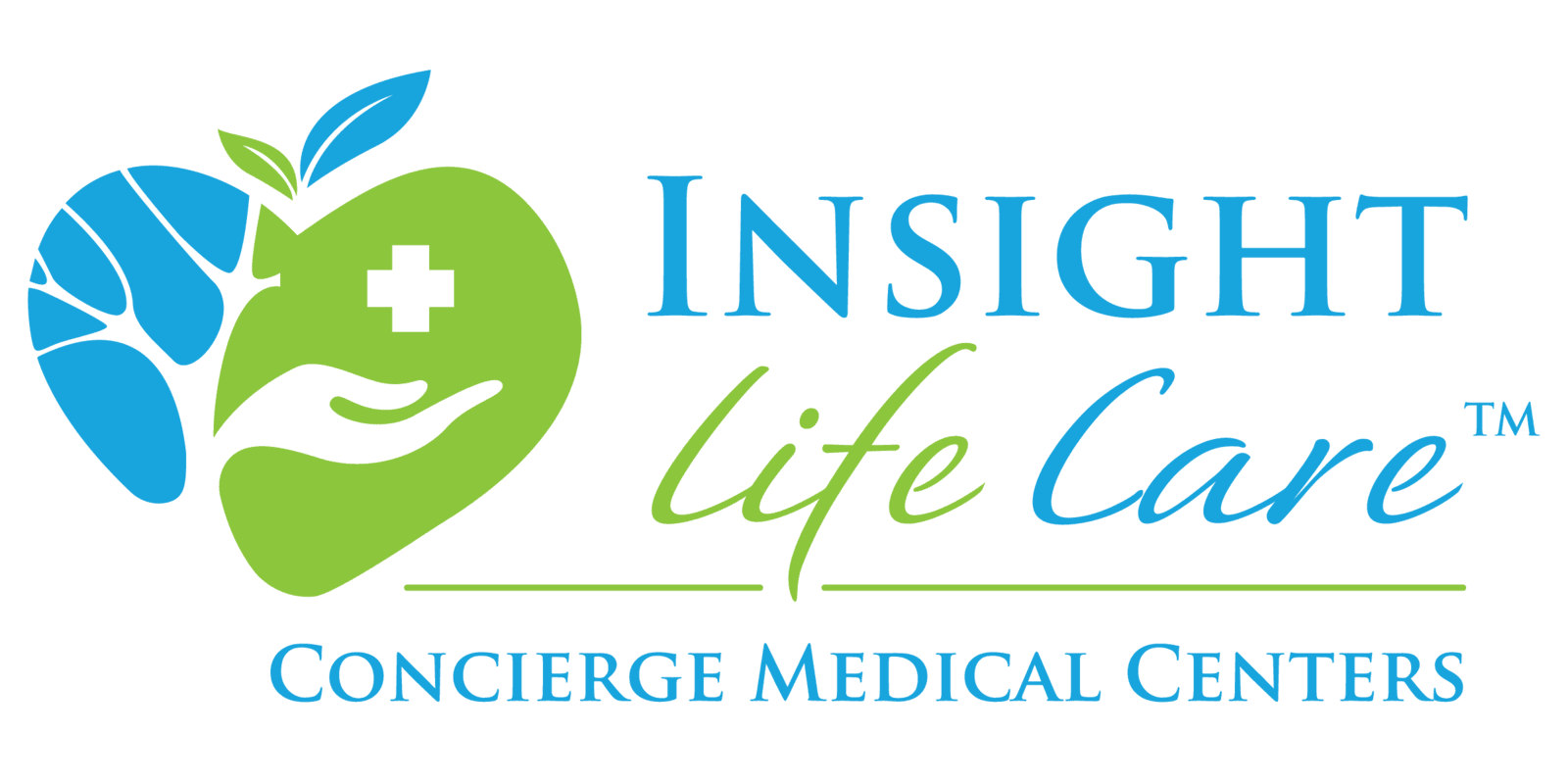Understanding Risk Factors and Keys to Early Detection
1 in 8 women in the United States will develop breast cancer in her lifetime. In 2020, an estimated 325,010 women and 2,620 men will be diagnosed with breast cancer. Breast cancer is the most common cancer in American women, after skin cancers. Approximately 30% of all new women cancer diagnoses are breast cancer. According to the World Health Organization, breast cancer is one of the most common cancers worldwide, with 2.09 million cases and accounting for 627,000 deaths in 2018.
What causes breast cancer?
Breast cancer is caused by changes or mutations in a cell’s DNA, some of these changes can be genetic where others are acquired. Acquired DNA mutations take place over time. When the DNA in breast cells mutate or change, they disable functions that control cell growth and division. Frequently, the mutated cells die or are attacked by the immune system, but sometimes the cells escape the immune system and grow unchecked, causing a tumor. While doctors seldom know why one woman develops breast cancer and another doesn’t, there are certain risk factors that are strongly linked to the disease, including obesity and heavy alcohol use. Women who have inherited mutations in their BRCA1 and BRCA2 genes also have a high risk of developing breast cancer. Understanding the risk factors for breast cancer may help people take preventative measures to reduce the likelihood of developing the disease. Here we will break risk factors down into two categories: genetic factors (cannot be changed) and lifestyle factors (can be changed). According to the National Breast Cancer Foundation, only 30-40% of breast cancer patients have known risk factors.
Genetic factors
- Gender: 99% of breast cancer patients are women.
- Age: 70% of breast cancer patients are 50 or older
- Race: Breast cancer is diagnosed more often in Caucasian women than women of other races.
- Family history: Having a family history of breast cancer may double the risk.
- Personal history: Having had cancer in one breast increases the risk for developing cancer in the other breast.
- Menstrual and reproductive history: Early menstruation (before 12), late menopause (after 55), having first child at an older age or never having given birth can increase the risk for developing breast cancer.
- Genome changes: Mutations to BRCA1 and BRCA2 can increase risk of developing breast cancer. This is determined through a genetic test, which you may consider taking if you have a family history of breast cancer.
- Dense breast tissue: Higher breast density is linked with increased risk of breast cancer.
Lifestyle factors
- Obesity: Studies have shown a clear association between obesity and increased risk of post-menopausal breast cancer.
- Lack of physical activity: Physical activity not only helps a woman reduce her risk of breast cancer by maintaining a healthy body weight, it also reduces her risk, independent of her weight.
- Poor diet: A diet lacking fruits and vegetables and high in saturated fat increases the risk for developing breast cancer.
- Drinking alcohol: Women who consume at least three alcoholic drinks per day are at higher risk for developing breast cancer than women who do not drink alcohol. Higher consumption of alcohol equals higher breast cancer risk.
- Hormone Replacement Therapy: Women who take hormone replacement therapy have a 26% increased risk of invasive breast cancer.
- Breastfeeding: Breastfeeding lowers a woman’s risk of developing breast cancer. The longer a woman breastfeeds, the lower her risk is. It is recommended to breastfeed a child for 12 months.
There are a number of factors still being studied to understand their impact on risk of developing breast cancer, such as oral contraceptives, environmental pollutants, and smoking.
There are also myths about factors that increase a woman’s risk of developing breast cancer. The following factors have proven to have no impact on risk: antiperspirants, underwire bras, abortion, and breast implants.
Early Detection
When breast cancer is detected early, the 5-year survival rate is 99%. Early detection includes doing monthly breast self-exams, regular clinical breast exams, and mammograms. Mammograms can help detect cancer before you feel a lump, but it is still important to perform regular breast self-exams so you are familiar with how your breasts look and feel so you can alert your doctor if you notice any changes. If you find a lump, don’t panic—8 out of 10 lumps are not cancerous, but you should always call your doctor if you have any concerns.
How do you do a breast self-examination?
According to John Hopkins Medical Center, 40% of diagnosed breast cancers are detected by women who feel a lump. However, you should not rely on breast self-exams alone to be sure you are breast cancer free. Combining self-exams with regular medical care and mammograms is the key to early detection.
Breast cancer deaths have decreased by 40% since 1989. Much of this progress can be attributed to education about risk factors and early detection practices. Share your new knowledge with all the women in your life and make sure you are doing monthly breast self-exams.
